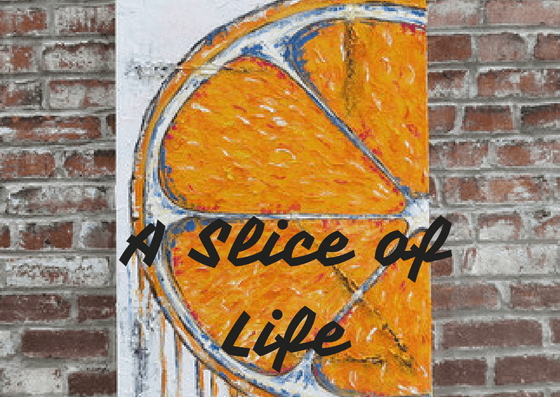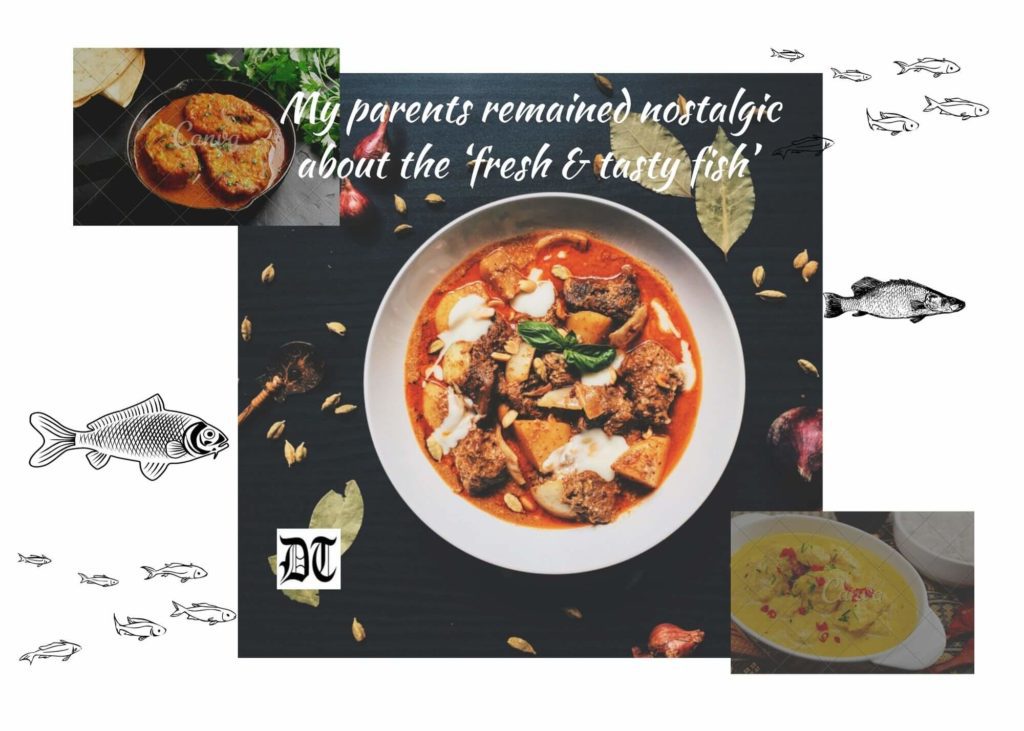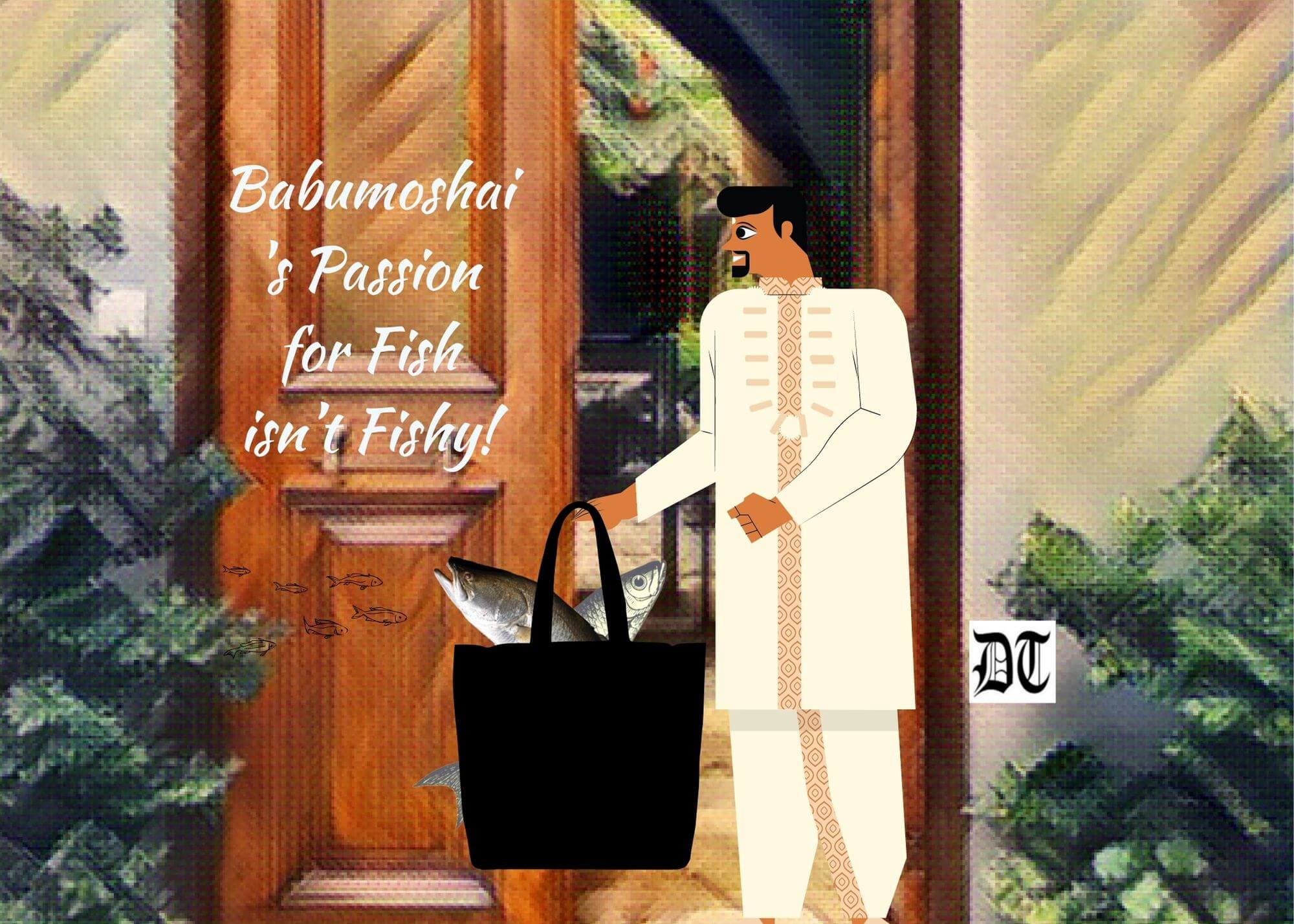Reading Time: 4 minutes
Ruchira tells us how fish and Bengalis are inseparable. She recounts their favourite fishes. An exclusive for Different Truths.

A Bengali takes to fish just as a duck takes to water. Even on formal social occasions the conversation between Bengali ladies and gentlemen will invariably veer around to fish, no matter which part of the globe they may reside in. It is inherent in their bloodstream so to say. As a matter of fact, fish is inextricably linked with Bengali traditions, social customs, and cultural ethos. It is an essential component of the bridal tattva (array of ceremonial gifts) during weddings. God save the hosts if fish is missing from the biyer bhoj (wedding banquet) organised by both parties – the bride’s and the groom’s as well.
After an individual’s demise his family and next of kin, ceremonially return to normal routine life at the end of maach chhowani / matsyamukhi wherein fish is mandatorily served. (Of late fish is being replaced by meat, so I am told). Lastly, at the Bengali kids’ annaprashan/ mukhebhat (formal introduction to solid diet), it is essential to have at least one fish item on the menu, failing which you are bound to attract public ire.
A comprehensive list of the fishes eaten by Bengalis … is as infinite as the stars …
A comprehensive list of the fishes eaten by Bengalis (residents of Bangladesh and present West Bengal as well) is as infinite as the stars … Rui, Katla Mrigal (all from the Carp family) and Ayyrr/ Aor (catfish) are immensely popular and consumed in humongous quantities. Glamorous Hilsa(eelish) has remained the paramount ruler of the fish dominion. A Bangali babu sauntering home with one/a pair of freshly purchased Hilsa from the market is “neighbour’s envy, owner’s pride” come true. The fish dishes prepared with Hilsa are too well-known to be reiterated here. I was amazed to discover Hilsa pulao and tawk, a tangy, sour side dish.
I steer clear of Hilsa for the simple reason that its innumerable bones are too much for me to handle. On a couple of occasions, I nearly choked over them. Now, I have devised an easy escape. If I find Hilsa on the menu, I ask the family member/s to pick out the bones for me. This crazy act evokes general mirth. But they comply.
There is the ubiquitous Bhetki with minimal bones. Hence its fillets are copiously used for fish fry and cutlets…
There is the ubiquitous Bhetki with minimal bones. Hence its fillets are copiously used for fish fry and cutlets, etc. Notably, Bengalis prefer fresh water bhetki over its saline counterpart from the sea. Bhetki is ideal for paturi (doused in mustard gravy, wrapped in plantain leaf, and steamed).
There are a few specimens with limited availability and popularity. For instance, I have never tasted the ones like Boal, Kalbaus, Mahashol and Foloi. A major drawback of being a non-resident Bengali, perhaps).
Another highly popular fish is Chital, which is used in making a lip-smacking dish called muithya. The outer skin and bones of Chital is removed; next the fleshy part is minced and blended with onion-ginger-garlic-chilli paste, and spices rolled into medium sized balls or biscuits and then steamed. Thereafter rich, hot, and spicy gravy is prepared into which the minced fish balls are dipped and cooked.
Moving on to smaller (read lean) fish, the quintessential Bengali has ample choices.
Moving on to smaller (read lean) fish, the quintessential Bengali has ample choices. Tangra, Topshe and Parshe occupy the top rung of the chart. Tangra is ideally cooked with sliced potatoes, julienned onions, tempered with nigella seeds and green chilies. Topshe is so named as its barbels resemble the facial hair of an ascetic (Tapaswi). See the connection? Parsheis another hot favourite cooked in mustard paste. Nor can one overlook the delightful Paabda, tad expensive as compared to its peers. Since it is an oily fish, be prepared to tackle some extra oil on your plate.

There are yet several other varieties, which I have only heard about from my parents and not seen in real life – Dhaiin, Khoyra, Khorshhul, Kaachki, Bhangan and more…possibly because my parents had direct links with Bangladesh in whose rivers and ponds such fishes abound.
There is this young cousin of mine, a Biologist, who knows the Piscean species like the back of his hand. I was astounded to learn how he and his pretty wife (an efficient chef) cook and relish Shankar maach (Stingray) and Pankaal/Baan maach (eel), which make occasional appearances even in the bazaars of Kolkata.
I had heard of country folks eating Pangash mach long ago but only recently discovered that it was nothing but Basa…
I had heard of country folks eating Pangash mach long ago but only recently discovered that it was nothing but Basa, commonly available in major supermarkets.
On a personal note, I am familiar with the likes of Bata, Bacha, Bele and ShawrpuNti. Interestingly, PuNti has entered Bangla lexicon to denote diminutive/tiny/petite. People use it as a nickname for girls. Its tinier version Chhuno-puNnti is equivalent to the English idiom: A small fry/insignificant person. A spicy-sour side dish is prepared with this fish.
I have a penchant for Kajuli maach. It is a no-fuss fish.
I have a penchant for Kajuli maach. It is a no-fuss fish. No bones to combat. You tug at the flesh, which comes off easily leaving the skeleton behind, which you can chew on leisurely if you wish. Mourola (anchovy) is another favourite though I have sampled only plain, simple crispy fries, not curries.
Koi maach is alien to me. Sounds crazy, but Mom never liked it, so it was never cooked in our home whether at Guwahati, Delhi, or Ludhiana. Talking of Guwahati…throughout their lives my parents remained nostalgic about the ‘fresh & tasty fish’ from the mighty Brahmaputra River. Surely the cache must have been one of its kind.
I have a distinct dislike for Shingi/Magor, which are powerhouses of micronutrients. Why? Because at age seven, when I had contracted jaundice, my mother had kept me on a diet of Shingi / Magor jhol / thin soup. The fish was boiled and spices next to nil. Imagine my predicament!
Lotte (Bombay duck) is another perennial Bong favourite.
Lotte (Bombay duck) is another perennial Bong favourite. Replete with proteins and other nutrients it helps to curb cholesterol and heart ailments. Mostly employed in making finger chips or fine fries (jhurri)… though gravy versions are available.
A write-up on fishes would be complete without mentioning Shutkii (sun dried) fish. The natives of Chittagong are notorious for their love of Shutkii. Many types of fish can go into its making. Before cooking as the dried fish is boiled in water its obnoxious odour is powerful enough to make you run for miles!
Picture design by Anumita Roy, Different Truths













